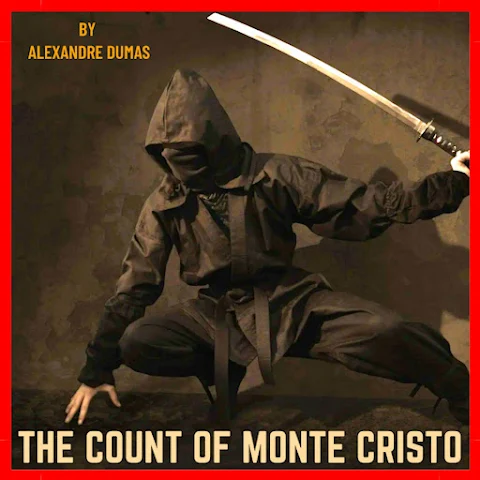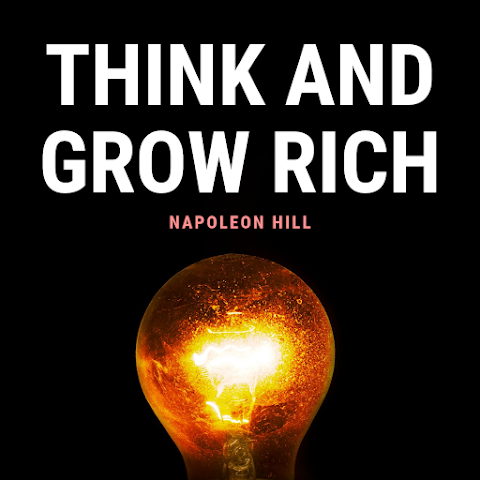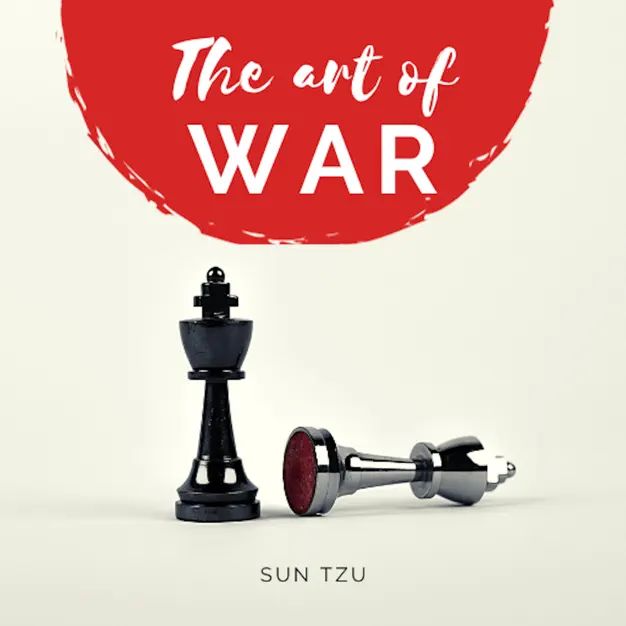From 1,300 Pages to 8 Episodes: The Challenge
Adapting Alexandre Dumas' massive 1844 novel The Count of Monte Cristo for modern television is no small feat. The 2025 series starring Jeremy Irons and Sam Claflin had to condense approximately 1,300 pages of intricate plotting, dozens of characters, and multiple storylines into just eight episodes. How did they manage it, and what survived the transition from page to screen?
As The Guardian's review notes, the series creators Greg Latter and Sandro Petraglia faced the monumental task of either "slashing the story to ribbons" or "hurtling through at such a speed that it becomes incomprehensible." The result? A bit of both - but somehow, it works.
Listen on Spotify
Experience the timeless wisdom of The Count of Monte Cristo through our professional audiobook narration. The skilled voice acting brings the novel's valuable life lessons to life, helping young readers absorb important teachings while remaining fully engaged with the story.
Major Plot Changes: What's In and What's Out
The Prison Years: Compressed but Powerful
In Dumas' novel, Edmond Dantès spends 14 years in the Château d'If. The TV series compresses this to 15 years total (10 alone, 5 with Abbé Faria), streamlining the timeline while maintaining the emotional impact. Sam Claflin's transformation - complete with that "terrible long wig" - effectively conveys years of suffering in visual shorthand.
The Treasure Hunt: Simplified
Book readers know the Monte Cristo treasure discovery involves complex clues and adventures. The series simplifies this to a single piece of parchment and a dramatic escape in a body bag. While purists might object, this change keeps the momentum going and gets us to the revenge plot faster.
Character Development: TV vs Novel
Edmond Dantès/The Count
The novel spends hundreds of pages on Dantès' psychological transformation. The TV series relies on Sam Claflin's performance and visual storytelling to convey this journey. What takes chapters in the book happens in meaningful glances and physical changes on screen.
Abbé Faria's Role
Jeremy Irons brings gravitas to Faria, but the series necessarily truncates his educational role. The book's Faria teaches Dantès languages, science, and philosophy over years. The TV Faria manages a "40-minute monologue" about treasure - efficient if not exactly subtle.
The Dialogue Dilemma
The Guardian review highlights some clunky dialogue, including gems like "If we can't get through this storm, we'll perish" and Dantès asking to "add two hours a day to my digging." This represents a key difference from the novel - Dumas' prose, even in translation, maintains a literary elegance that television dialogue sometimes struggles to capture.
What the TV Series Does Better
Visual Storytelling
The series excels at showing what the book must describe. The contrast between Marseilles' sun-drenched shores and the Château d'If's darkness creates immediate emotional impact. Costume and set design bring 19th-century France to life in ways that engage modern viewers.
Pacing for Modern Audiences
While the novel's leisurely pace suited 19th-century readers, the TV series understands modern attention spans. The "fast and furious" pacing keeps viewers engaged, even if it sacrifices some subtlety.
What the Book Does Better
Character Depth
Dumas had 1,300 pages to develop his characters. The novel's Dantès is psychologically complex, his revenge meticulously planned over years. The TV version must compress this into recognizable archetypes.
Subplot Richness
The book's numerous subplots - involving characters like Maximilien Morrel, Valentine de Villefort, and Benedetto - create a rich tapestry. The TV series must focus on the central revenge plot, losing some of the novel's scope.
The Verdict: Different Mediums, Different Strengths
The 2025 TV adaptation succeeds by embracing what television does best - visual storytelling, strong performances, and accessible pacing. It may lack the novel's depth and complexity, but it captures the essential appeal of Dumas' story: a wronged man's elaborate revenge.
As The Guardian notes, this is "bad, fun TV made from a bad, fun book." Both versions understand their medium's strengths. The novel offers immersive depth; the TV series provides immediate entertainment. For modern audiences discovering the story, the series serves as an excellent introduction that might inspire them to tackle the original novel.
Should You Read the Book First?
For the full Monte Cristo experience, nothing beats Dumas' original novel. But the TV series offers an accessible entry point that captures the story's essential drama. Watch the series for entertainment, then read the book for the complete, complex revenge tale that has captivated readers for nearly two centuries.



